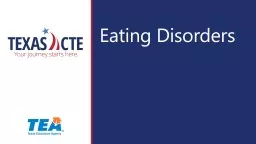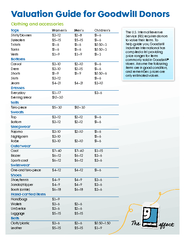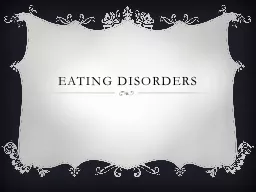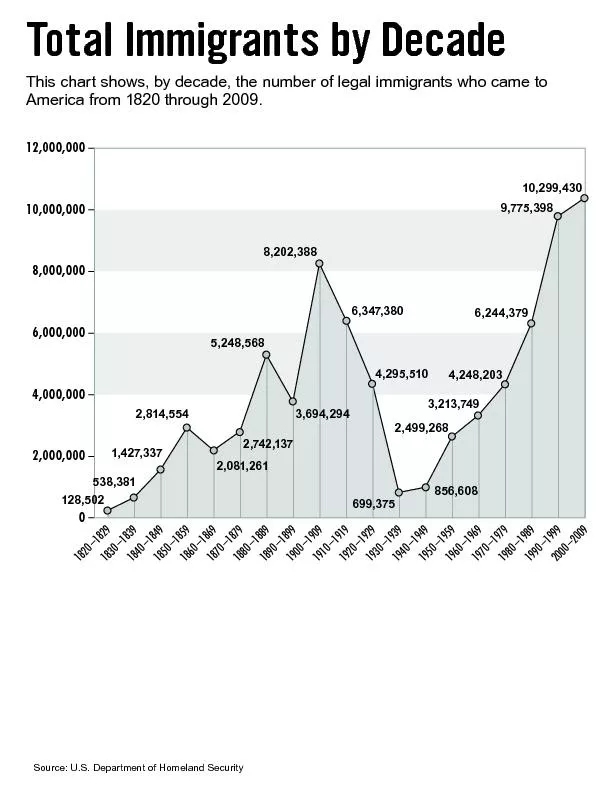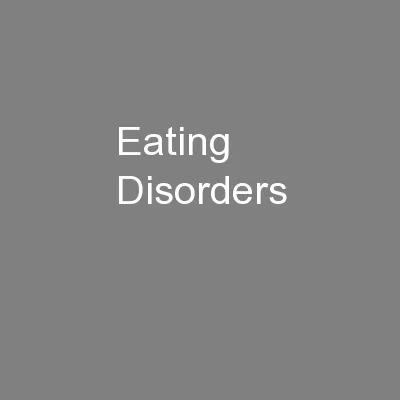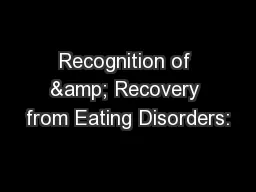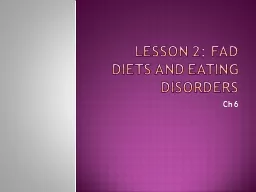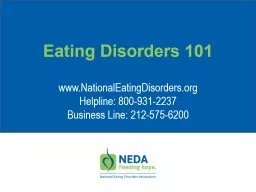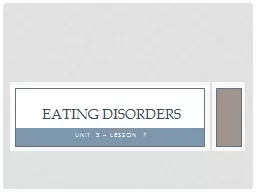PPT-Eating Disorders One out of every 150 American females ages 12-30 years will develop
Author : lucinda | Published Date : 2022-06-01
13 of all Americans are obese and 60 are overweight 77 of individuals with eating disorders report that the illness can last anywhere from one to fifteen years
Presentation Embed Code
Download Presentation
Download Presentation The PPT/PDF document "Eating Disorders One out of every 150 A..." is the property of its rightful owner. Permission is granted to download and print the materials on this website for personal, non-commercial use only, and to display it on your personal computer provided you do not modify the materials and that you retain all copyright notices contained in the materials. By downloading content from our website, you accept the terms of this agreement.
Eating Disorders One out of every 150 American females ages 12-30 years will develop: Transcript
Download Rules Of Document
"Eating Disorders One out of every 150 American females ages 12-30 years will develop"The content belongs to its owner. You may download and print it for personal use, without modification, and keep all copyright notices. By downloading, you agree to these terms.
Related Documents

